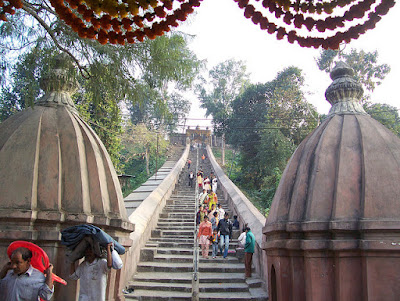MAJULI
Majuli is the world’s largest deltaic island. Every monsoon, the roaring Brahmaputra takes great bites out of the island, swallowing many homes. Despite being ravaged by nature, Majuli, India’s first island district, flaunts a vibrant culture and unparalleled scenic beauty. Here are some mesmerising images of this idyllic locale.
Majuli homes are made from bamboo and placed on concrete pillars at a height of about two feet from the ground in order to prevent water from seeping in during the monsoon floods.
The island is home to a mix of communities – the Mishing tribe, the Deoris, the Sonowal Kacharis and the Ahoms. The inhabitants lead simple lives and are always happy to welcome travellers. Mishing tribals, in particular, like to invite visitors into their homes for a bowl of freshly prepared apong or rice beer.
Majuli is carpeted in verdant mats of rice fields interspersed with tiny ponds bursting with hyacinth blossoms. Quiet roads, shaded by bamboo trees, wind their way through the flat terrain. Locals can be seen cycling on these narrow paths, groceries hanging from their handlebars, while fishermen can be seen lugging nets, bulging with fish, from the ponds.
To reach Majuli, you will first have to reach Jorhat. From Jorhat, which is just 20 km from Majuli, you will have to travel on a ferry. The ride itself is a fun experience. Jorhat has its own airport with daily flights from Kolkata and Shillong. Jorhat also has a railway station which is connected to the capital town of Guwahati which is well linked to the major cities of India.
Jorhat is well connected by air, with daily flights from Guwahati, and four flights a week from Calcutta. From Guwahati, Jorhat is a seven-hour bus ride. Buses leave early mornings and at nights.
From Jorhat it is only fourteen kilometers to Neemati Ghat. There are at least two ferry rides to Majuli every day, one around 10 a.m., the other around 3 p.m. Exact times can be ascertained from the private bus stand at Jorhat, from where buses leave for Neemati.
The first ferry ride lasts about an hour - after that transfer to a bus for a ten minute bus ride across Major Sapori, another island en route Majuli. Then a short ferry ride, and yet another bus ride to Kamalabari, the main town on the island. You can also hire a taxi, either from Jorhat or in Majuli. The taxi can cross over on the ferry.

























